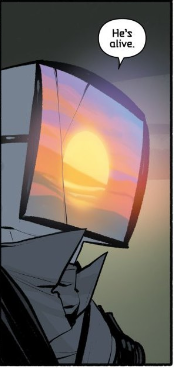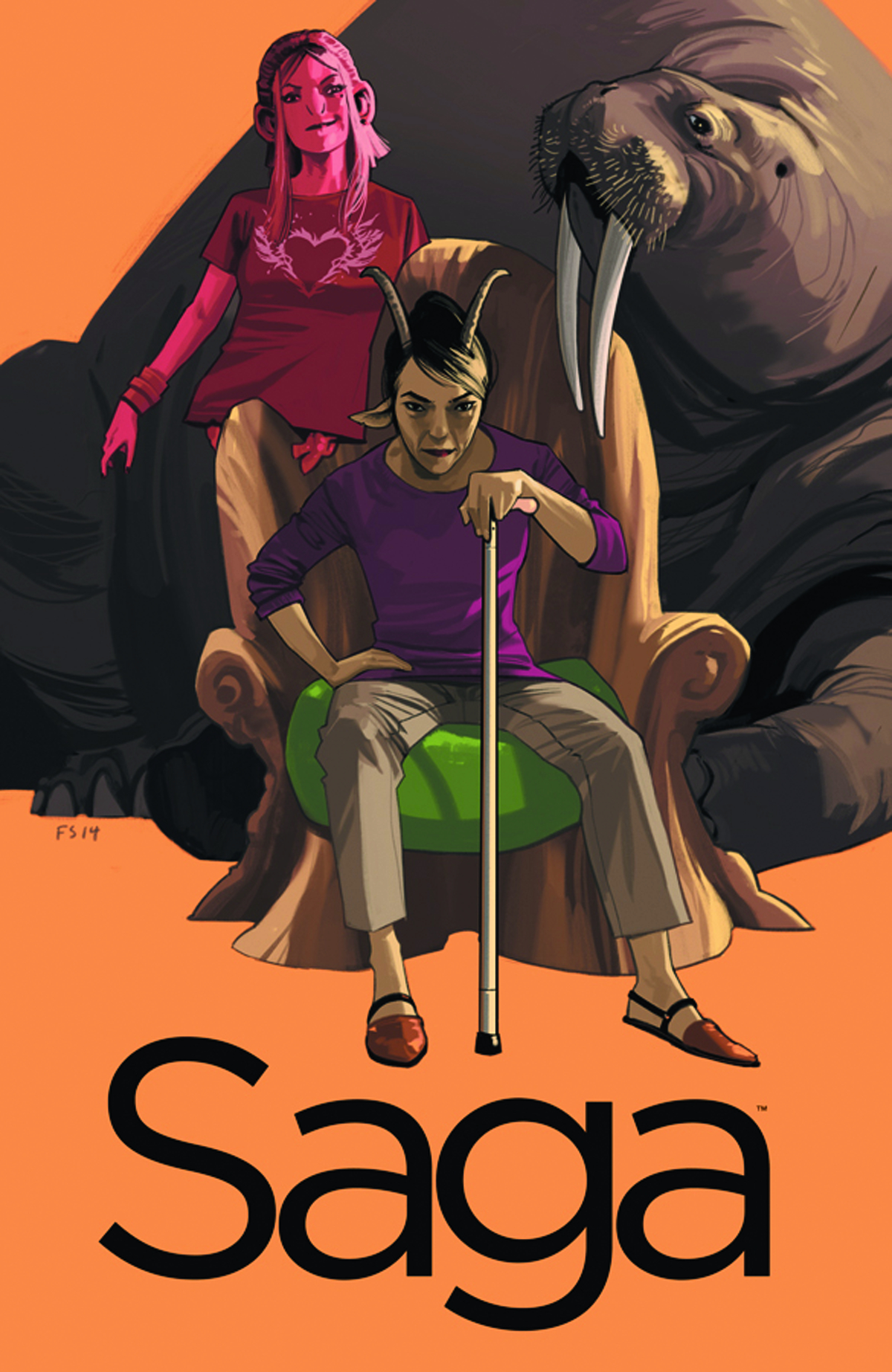REVIEW: Babyteeth #14 is contemplative AND hilarious
Babyteeth #14 is out 1/16/2019.
By Zack Quaintance — Babyteeth #14 marks the return of one of AfterShock’s best comics. This series wasn’t on a hiatus. No, it’s last issue came out in late October. Factor in the crowded holiday season (those dreaded times when commitments other than comics rear their heads), and the book’s short break felt more like an extended skip month. Either way, the book is back now, and you know what? It’s as sharp as it's ever been.
What’s perhaps most noticeable is the humor in this issue’s script. Basically, after a two-month hiatus, Babyteeth is back, and so is writer Donny Cates, at his most hilarious and absurd. This is the clever, pithy scripting that Cates used to announce his arrival at Marvel so emphatically in late 2017 with his work on Doctor Strange and Thanos Wins. It’s the dialogue that sounds like a mix of films by Richard Linklater and Adam McKay, conversational in a lazy Texas sort of way but never far from a slapstick and hilarious one-liner.
And Cates puts that humor to great effect here as we finally meet the McGuffin of this story, satan, giving him a number of one liners that made me chuckle aloud, which is pretty rare for me to do when I’m reading a comic. He’s not the only one being funny here, though. Artists Garry Brown and Mark Englert get called on to draw a very late painting by Vincent Van Gogh, and they come back with an image that’s just perfect...disturbing in an absurd way, like something from a raunchier version of Beetlejuice.
All the jokes, however, are sort of a trojan horse for something much deeper: a contemplation of mankind’s perceptions of satan and god, which is then extended into a look at the very nature of good and evil, and how from a certain point of view it’s nigh impossible to tell which is which. And look...I know, I know...my hackles are up just writing that, but it’s not some kind of veiled diatribe about the media or fake news or something hackneyed like that.
Cates and the Babyteeth team have a deep biblical interest. They aren’t saying anything here about how the last Tweet you sent could be construed as both supportive and critical of whatever issue of the hour. This is a comic that after 14 issues is finding new thematic ground exploring the validity of some of society’s deep abiding perceptions about morality as shaped by our ideas of the being that created us.
And look, I know what we’re talking about here: a comic called Babyteeth that in the first issue probably (I forget) had a scene where the baby spit up and it caused an earthquake, or locust to fall from the sky or something. This isn’t Chaucer. It’s more fun than all that, and Cates know it. That doesn’t mean he’s not going to try to find some truth during the big goofy party. He is, after all, pretty great at that: see Thanos Wins and the Cosmic Ghost Rider character everyone loves so much, and see God Country, another comic in which his main writerly interests—Texas, theology, and badassery—work well in (very awesome) concert.
Overall: An alternately hilarious and deep comic, Babyteeth #14 makes the best use of this comic’s concept yet. It’s filled with self-aware horror tropes that dance around real pathos and theology, and everyone involved is clearly having a blast with all of it. 8.5/10
Babyteeth #14
Writer: Donny Cates
Artist: Garry Brown
Colorist: Mark Englert
Letterer: Taylor Esposito
Publisher: AfterShock Comics
Price: $3.99
For more comic book reviews, check out our review archives.
Zack Quaintance is a tech reporter by day and freelance writer by night/weekend. He Tweets compulsively about storytelling and comics as BatmansBookcase.













